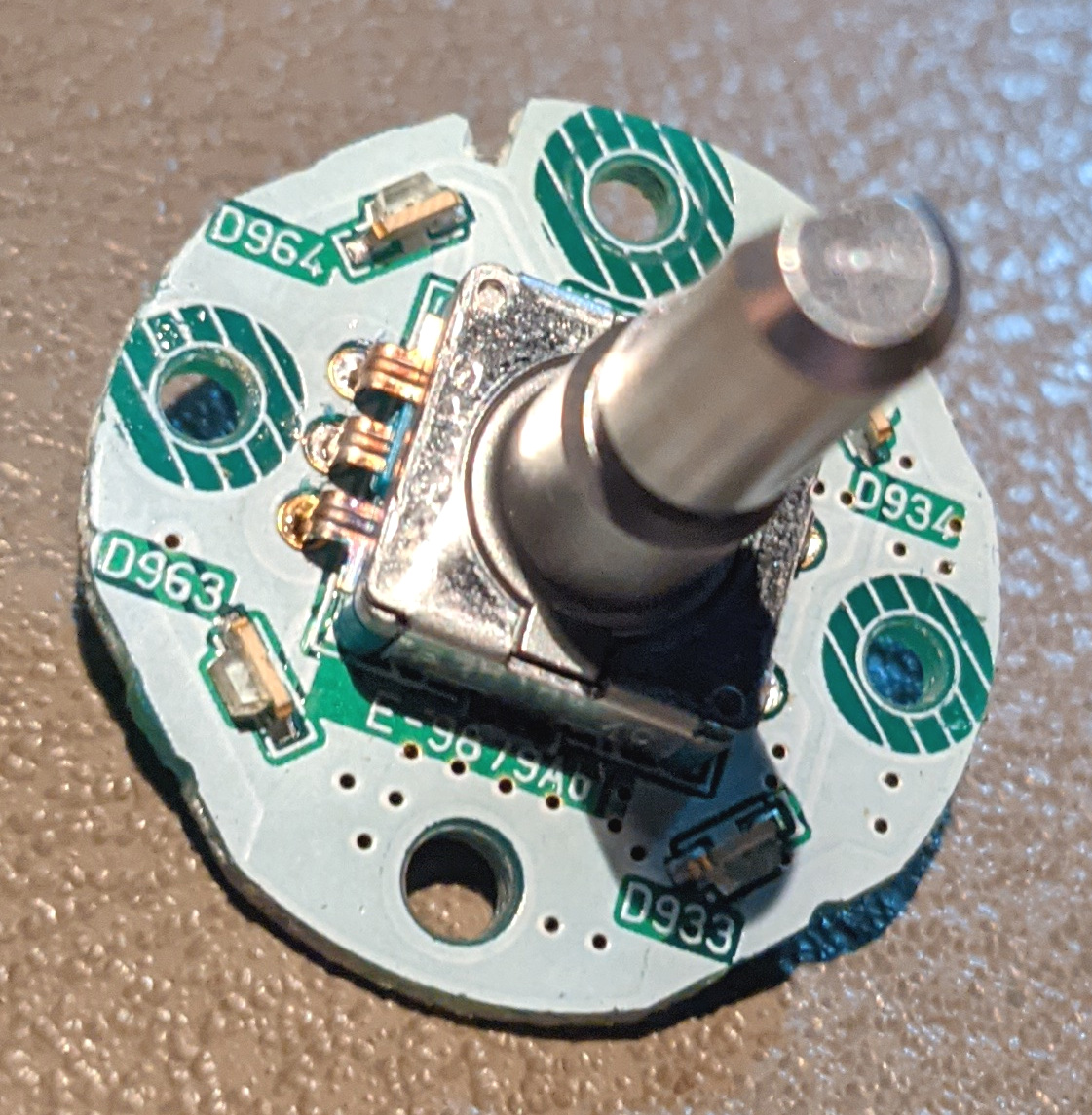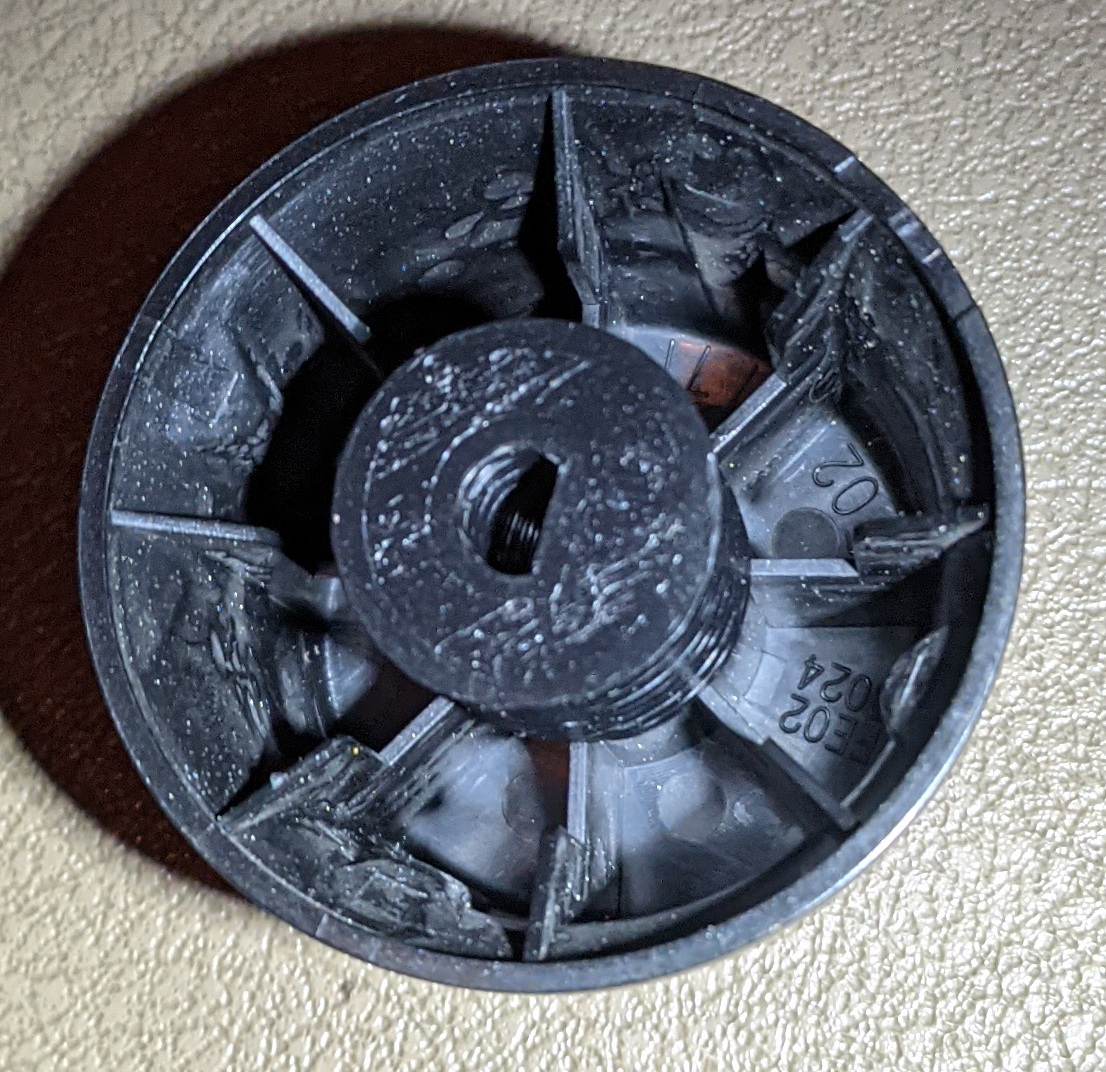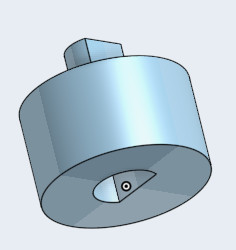2010 Toyota Highlander
This is a very good vehicle with zero significant issues over the decade that I have owned it and done all of the maintenance specified in the manual. It's had a few preventive TSBs (one that I did myself, oil cooler line swapped out rubber for metal; one I let the dealer do, faulty windows switch that had not yet failed). But here are a few lazy fixes (remember, true laziness is when you never have to fix it again).
Contents
- Intrusion alarm goes off unpredictably
- Stereo knobs stop working, or become randomly “strange”
- Changing the spark plugs
I had the issue that at random times, even without anybody or any animal near the vehicle, it would start the horn beeping, lights flashing INTRUDER ALERT. Eventually, I realized this is coming from a faulty hood switch, making the computer think that somebody is attempting to open the hood on a locked vehicle.
You need to replace the hood switch. The switch component itself is easy to extract from the hood latch assembly. Remove that from the vehicle and you’ll find
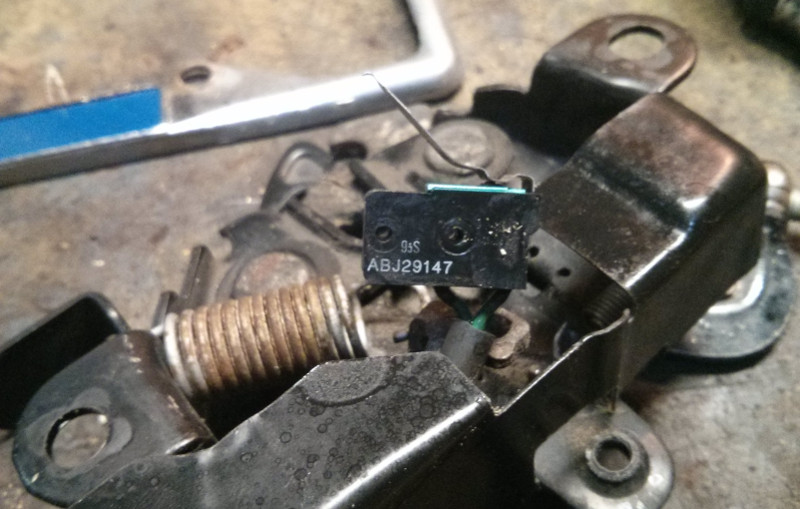
Then, replace the switch inside the holder, with Panasonic Electric Works ABS1413409 which costs less than $5.
Update: This fix was done when the vehicle was about 5 years old, and lasted for another 7 years before the alarm went off again. The design issue is that this switch is basically right under the front grille and thus gets hit with road wind, water, salt, dirt, grease - and it isn't really protected at all. I decided that rather than pull the hood latch again to pop in a new 7 year switch, I'd just cut the hood latch cable and permanently short the wires in a short pigtail I made with the plug end of the cable, so the ECU thinks the hood is always closed. This has no harmful side effect I can think of, and the alarm still works - it can even be set with the hood open. Entry into the car is still protected by the door alarms; it's difficult to imagine that a thief would try to pry the hood open before entering through the door.
You can find some very good articles on this online. Here I am talking about the stereo, non-navigation, with JBL audio system that came installed on my “Limited” edition Highlander. After 8 years or so, these stopped working, so the only way to adjust volume (left knob) or tune the radio (right knob) is with the controls mounted on the steering wheel.
The root cause is failure of the mechanical switch rotary encoder mounted on a small PCB behind each knob, caused by dirty contacts inside the encoder part:
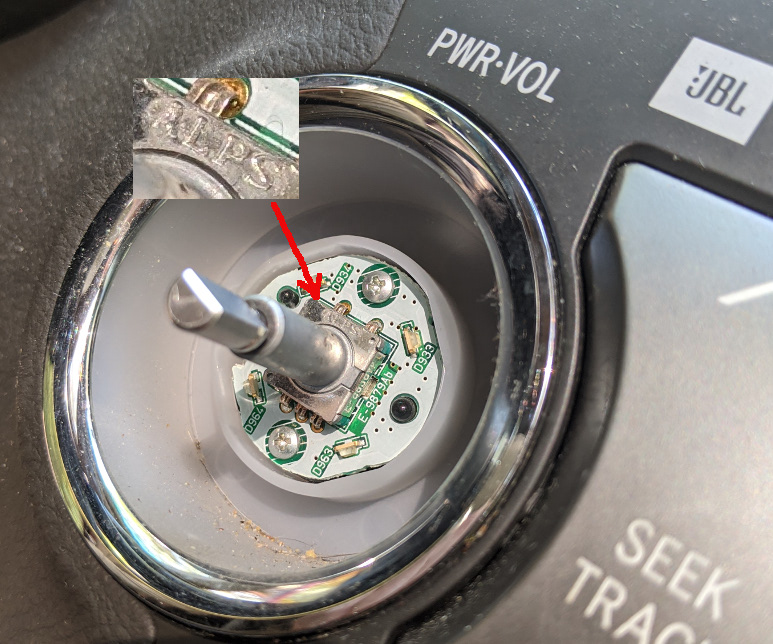
It’s easy to remove these, simply pull the knob straight off (already done in the picture above) and then remove three screws, and finally unlock the flex cable connector to the PCB. The left and right PCB are identical but a different encoder is mounted on each one: the right knob has detents and the left does not. I chased down what I think are the part numbers, given the visual stamp on the part (shown above) clearly indicates the manufacturer is ALPS.
If you want to replace the encoders, which seems like a good idea, here are what I think are the ALPS part numbers. On the left knob: EC11E1534408 (20mm shaft, flat, no detent, 1.5mm travel momentary switch, 15 pulses (or EC11E1834403, all same except 18 pulses). On the right knob: EC11E15244G1 (20mm shaft, flat, 30 detents, 0.5mm travel momentary switch, 15 pulses). All available for $5 or so from Mouser electronics.
But you can be even lazier than buying new encoders, un-soldering the old ones, and replacing with new (some online references have people actually disassembling these $5 parts and cleaning the contacts, but in my view, that isn’t very lazy since you still have to un-solder the encoder). Simply dunk the entire PCB, encoder included, in isopropyl alcohol overnight, for good measure give the knob shaft a few turns now and again to help clean the contacts. Re-install and you are back in the saddle for another 8 years.
Update: The volume knob stopped working again after about 6 months, so I ended up buying the part (see above) and replacing the component on the board. The stock part has a 20mm long shaft but the Toyota board has a specialized part with a longer shaft. Easy enough to print out an adapter (here is the STL file) that adapts the knob to the shorter shaft.
This fix works fine, restoring full function. I note the ALPS datasheet claims a lifetime of 15,000 cycles while there are similar ALPS parts listing 100,000 cycles - but with slightly different electrical characteristics. If a "cycle" means one complete revolution, and I adjust the volume ~10 clicks every day, then the 15,000 cycle part should last >100 years. Let's see - the stock part lasted only about 7 years.
The transverse 2GRFE V6 engine is tilted, so the rear bank can be difficult to access. Actually, the job isn't too bad, but the worst part is removing the "upper intake manifold" or what Toyota calls the "surge tank". This puzzle appears after you've removed the wipers, wiper motor, cowl tray, and unbolted the throttle body from the surge tank. Then, the surge tank has some easy to access fasteners on the mating surface to the manifold. But it also has two stays bolted in behind the tank, and the factory service manual drawings are kinda cryptic.
Here are two pictures that may help. First, what the engine bay looks
like with the surge tank out but both stays in place:
 The passenger side stay bolt hole is circled in yellow, and the driver
side stay bolt hole is circled in red.
The passenger side stay bolt hole is circled in yellow, and the driver
side stay bolt hole is circled in red.
Next, here's a picture
of the back of the surge tank, with the passenger side stay attached,
circled in yellow where it attaches to the tank, and red where it
attaches to the engine, and the driver side bolt hole circled in red:

It's easier to remove the lower bolt on the passenger side stay because it is a bit lower on the cylinder head and you can reach it. The bolt from this stay to the tank is very difficult to reach even with your fingers, let alone a tool, and you obviously cannot see it. Removing the lower stay bolt means you remove the surge tank with the passenger side stay attached to it as shown in the picture above.
